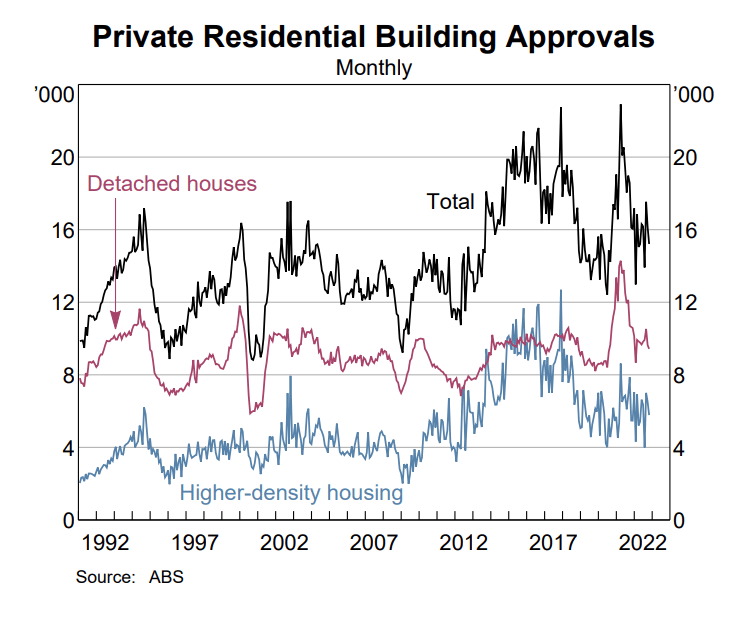Supply & demand in the property market
Supply and demand is a fundamental principle of economics that plays a crucial role in the property market.
Essentially, supply and demand refer to the balance between the quantity of a particular good or service that is available and the desire of consumers to purchase that good or service.
In the property market, supply refers to the number of properties available for sale or rent at a given time, while demand refers to the number of people looking to buy or rent properties. When the supply of properties is high and the demand is low, it can lead to a buyer’s market, where prices are generally lower and there is more negotiating power for buyers. Conversely, when the supply of properties is low and the demand is high, it can lead to a seller’s market, where prices are generally higher and there is more negotiating power for sellers.
There are several factors that can affect supply and demand in the property market. For example, an increase in the population of a particular area can lead to an increase in demand for housing, which can drive up prices. On the other hand, an excess of available properties or a decrease in population can lead to a decrease in demand and lower prices.
Economic conditions can also play a role in supply and demand in the property market. During times of economic prosperity, there may be more demand for housing as people have more disposable income to put toward purchasing a home. Conversely, during times of economic downturn, there may be less demand for housing as people have less disposable income to put toward a home purchase.
Recently, we have seen a sharp decline in building approvals. Yet, vacancy rates and employment remain at all-time lows. Could this cause a lack in supply for the next few years and drive prices up? That is the million-dollar question we need to ask ourselves.

Understanding how supply and demand works in the property market can be helpful for buyers and sellers, as it can provide insights into the state of the housing market and help them make informed decisions about purchasing or selling a property.
In addition to the factors mentioned above, there are also other factors that can impact supply and demand in the property market. For example, government policies and regulations can have an impact on housing prices. For example, if the government implements policies that make it easier for people to buy homes, such as by offering tax breaks to investors or first home owner grants, it can lead to an increase in demand for housing and higher prices. If the government implements policies that make it more difficult for people to buy homes, such as by increasing interest rates or increasing regulations, it can lead to a decrease in demand and lower prices.
Another factor that can impact these components is the availability of financing. If it is easy for people to obtain mortgages or other types of financing, it can lead to an increase in demand for housing and higher prices. On the other hand, if it is difficult for people to obtain financing, it can lead to a decrease in demand and lower prices.
Overall, there are many different factors that can impact supply and demand in the property market, and it is important for buyers and sellers to be aware of these factors to make informed decisions about purchasing or selling a property. Whenever the acquisitions team at Buyfair is assessing a property opportunity for our clients, supply and demand across all of the above elements is one of the key things we are looking at.
